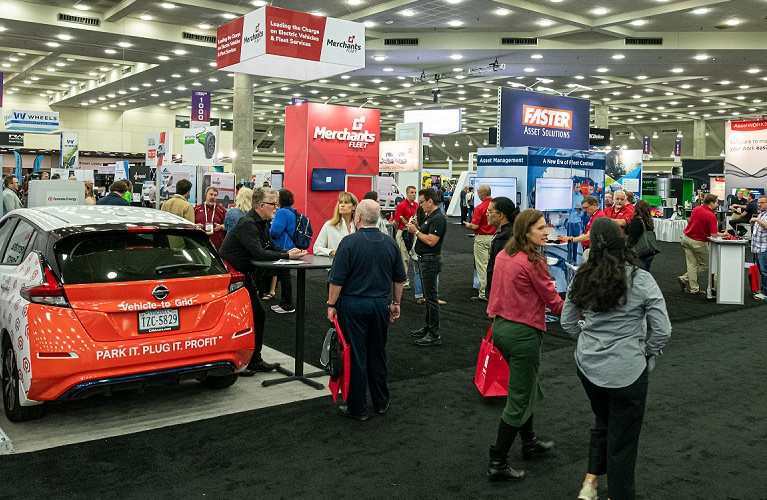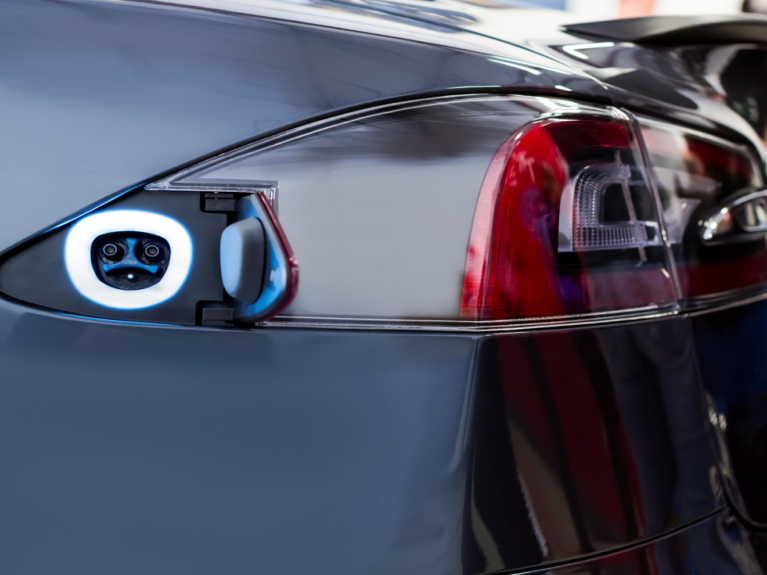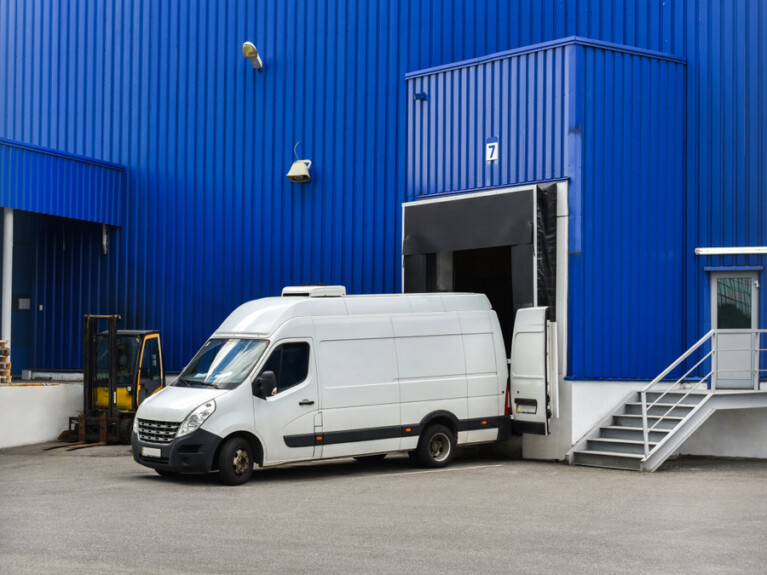
Fleet professionals across the industry and around the world convened in Baltimore, Maryland, last week for NAFA’s 2023 Institute & Expo (I&E), an event that shaped up to be the largest live gathering of fleet professionals since the pandemic. Hot topics included developing a fleet electrification strategy, unlocking fleet data and analytics, tech-driven solutions, tackling the technician-shortage challenge, and…

Forty-two nominees from Public and Commercial 100 Best Fleets spanning North and South America were nominated for the inaugural 2023 100 Best Fleets— Fleet Professional of the Year Award. Fleet professionals nominated to receive this year’s award include fleet managers, directors, maintenance managers, supervisors, material management and supply staff, fleet analysts, fiscal and accounting staff, and other such fleet professionals. NAFA and the 100 Best Fleets Team introduce the 2023 finalists in the…

Bob Mossing and Phil Moser don’t mind being called geeks — in fact, they prefer it. These two fleet colleagues — actually, Mossing used to be Moser’s client — are so passionate about safety that they launched a podcast called “The Fleet Safety Geeks.” “We came up with the idea for the podcast over a beer during the I&E conference,” says Mossing, director of fleet administration at STERIS. “Every time we talked, we were talking about…

February saw tremendous electrification activity in the U.S. with major announcements of programs and incentives to ramp up electric vehicle resources and support. The federal government made several recent moves in support of green transportation alternatives. On Feb. 10, the Department of Transportation (DOT) and the Department of Energy (DOE) announced nearly $5 billion to be made available under the National Electric Vehicle Infrastructure (NEVI) Formula Program, established by the Bipartisan Infrastructure Law to build out a…

NAFA’s 100 Best Fleets Technician of the Year Award and Fleet Professional of the Year Awards shine a spotlight on the most progressive, dedicated, and talented leaders in our industry. The top 3 winners for each award will be announced on April 17, 2023, at NAFA’s annual Institute & Expo (I&E) event in Baltimore, Maryland…

Being proactive and preventive with fleet health is critical to a successful operation. Of course, repairs are an inevitable fact in fleet, and breakdowns are going to happen from time to time. That said, there’s no reason to fall into the trap of reactivity — that is, basing service programs on repairs versus preventive and proactive maintenance. A reactive service process can increase the quantity of assets in the shop, creating a buildup of broken vehicles and equipment and slowing shop productivity, which leads to unnecessary downtime and inflated service spend. Simply put, fleets need to find ways to battle the reactive service mindset.

Research is just an in-depth study of a topic with an intended goal or outcome. Most of the time, it is due to an assignment or part of a decision-making process. It can also be conducted for personal education such as learning about alternative fuels or understanding regulations. Here are some good things to remember about research.

Operational costs and competition are always on the rise, and sometimes it’s difficult as a fleet management team to keep up. To compete in this ever-changing environment, many fleet managers are turning to their telematics data to track key performance indicators: metrics that will allow them to make better decisions for their fleet. One such metric is a vehicle’s usage rate.

Today’s fleet professionals are continuously looking for sound benchmarking data in which to gauge their performance. After two years of in-depth research, a NAFA project team has put together its first-ever benchmarking data of the 100 Best Fleets winners.
Pat O’Connor, NAFA’s long-time legislative advisor and representative, is retiring. O’Connor was an experienced lobbyist before congressional, state, and federal regulatory agencies and specialized in the health, transportation, and environment sectors. Over the last 20 years, almost all the legislation passed in the transportation sector bears O’Connor’s imprint. In this interview, O’Connor reflects on his years working for NAFA since…